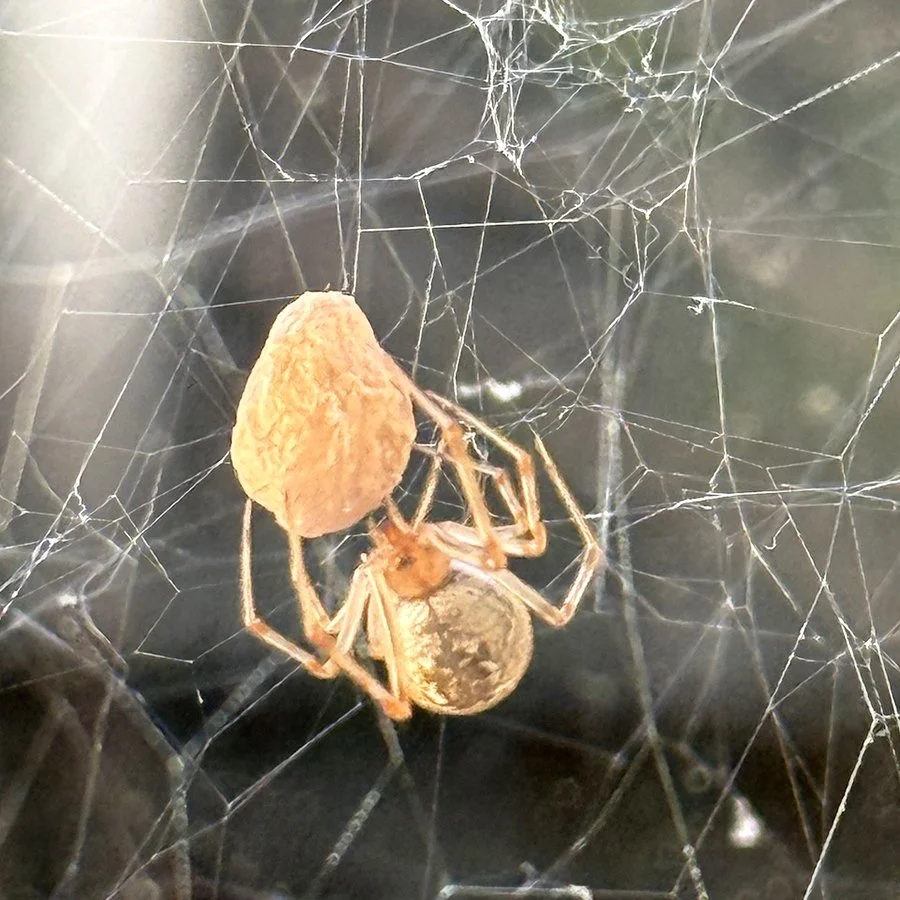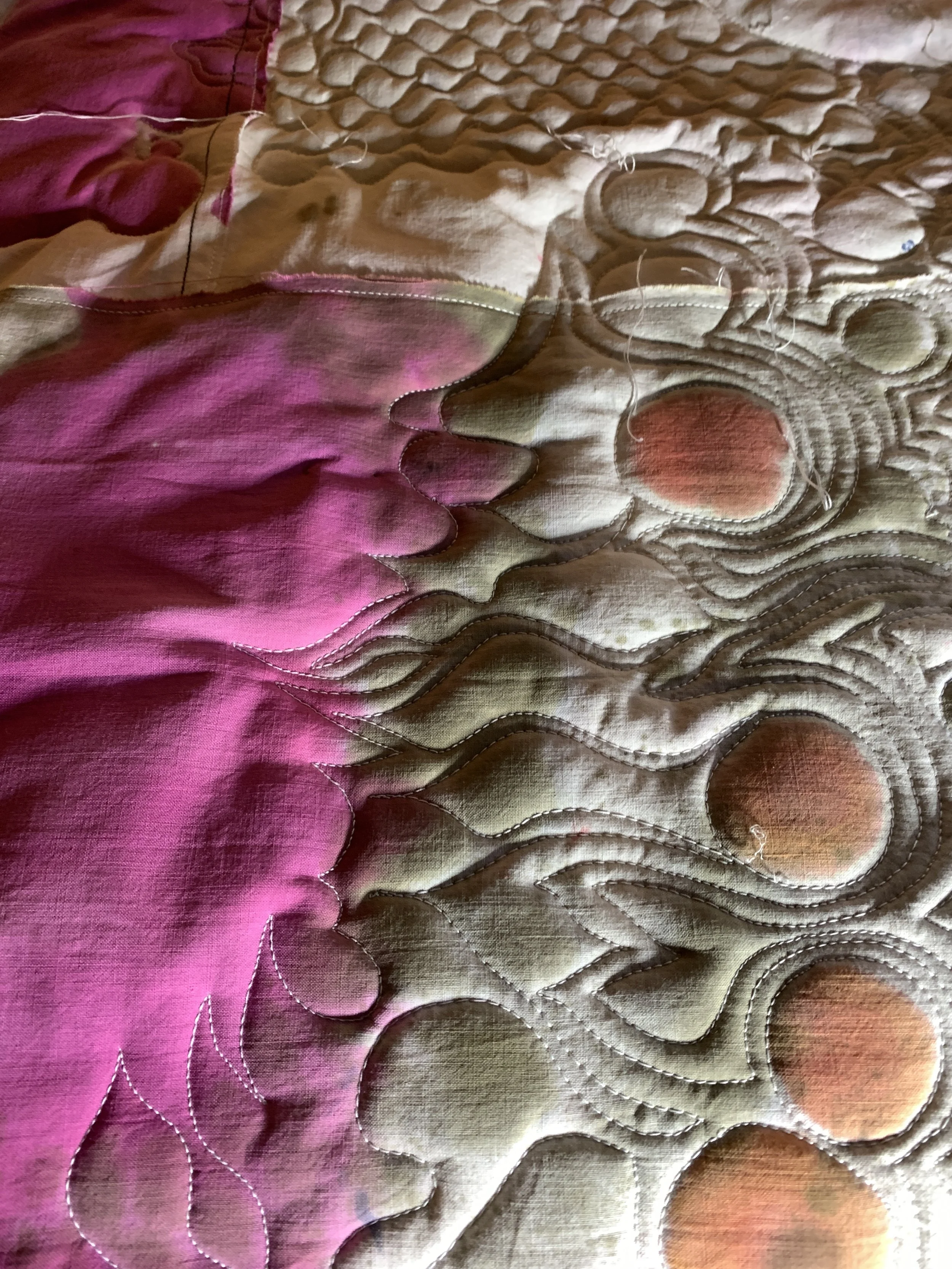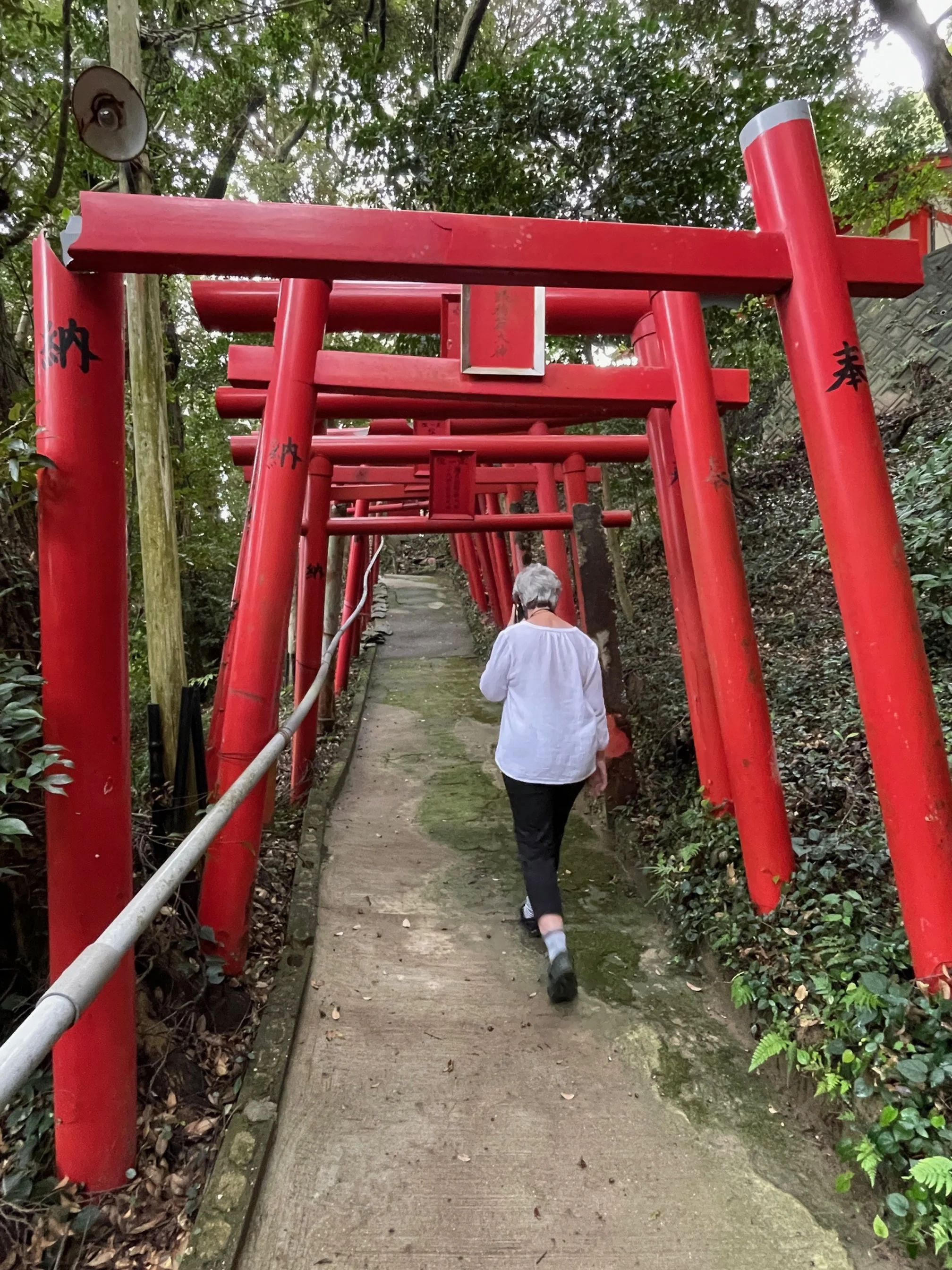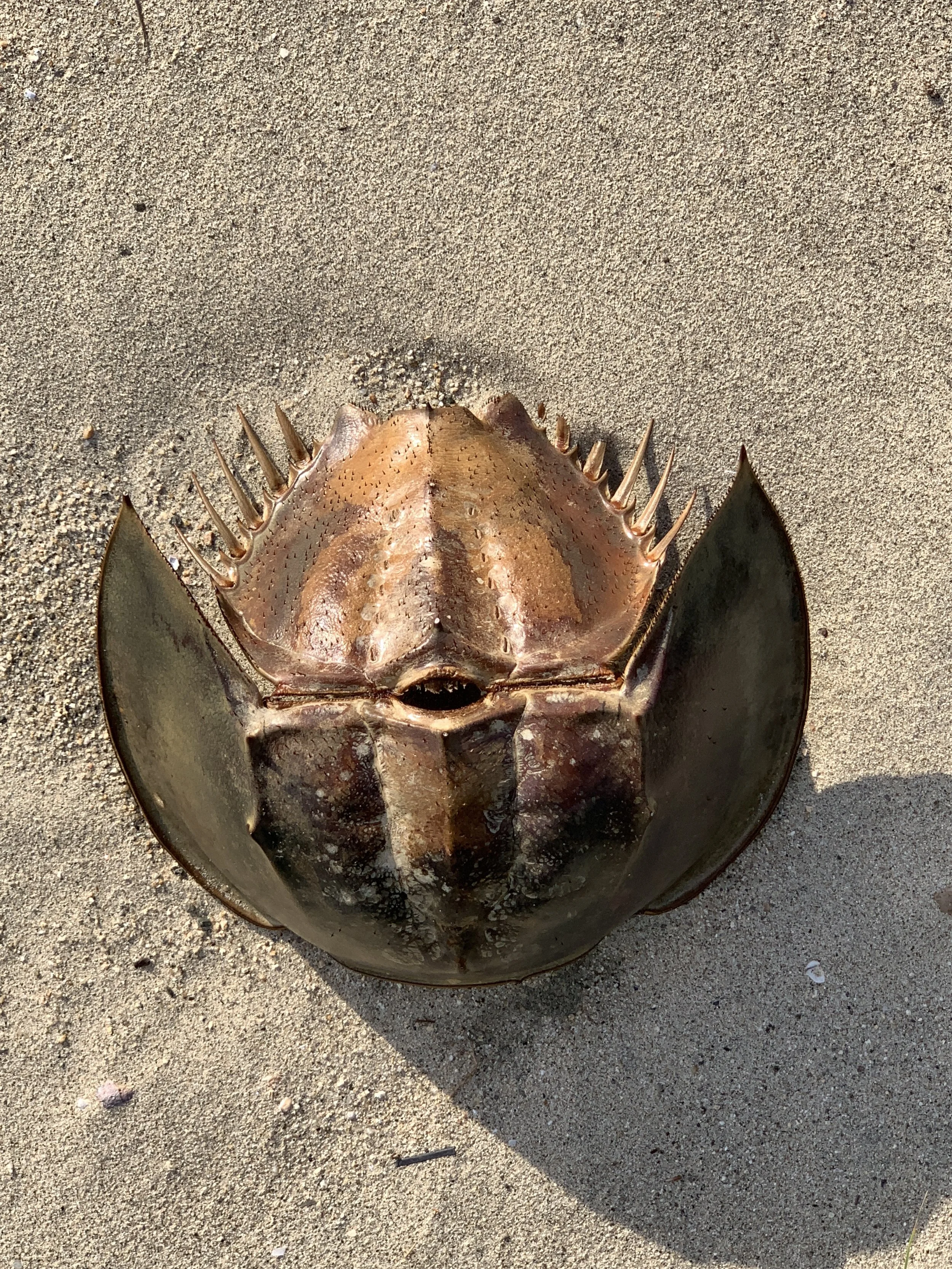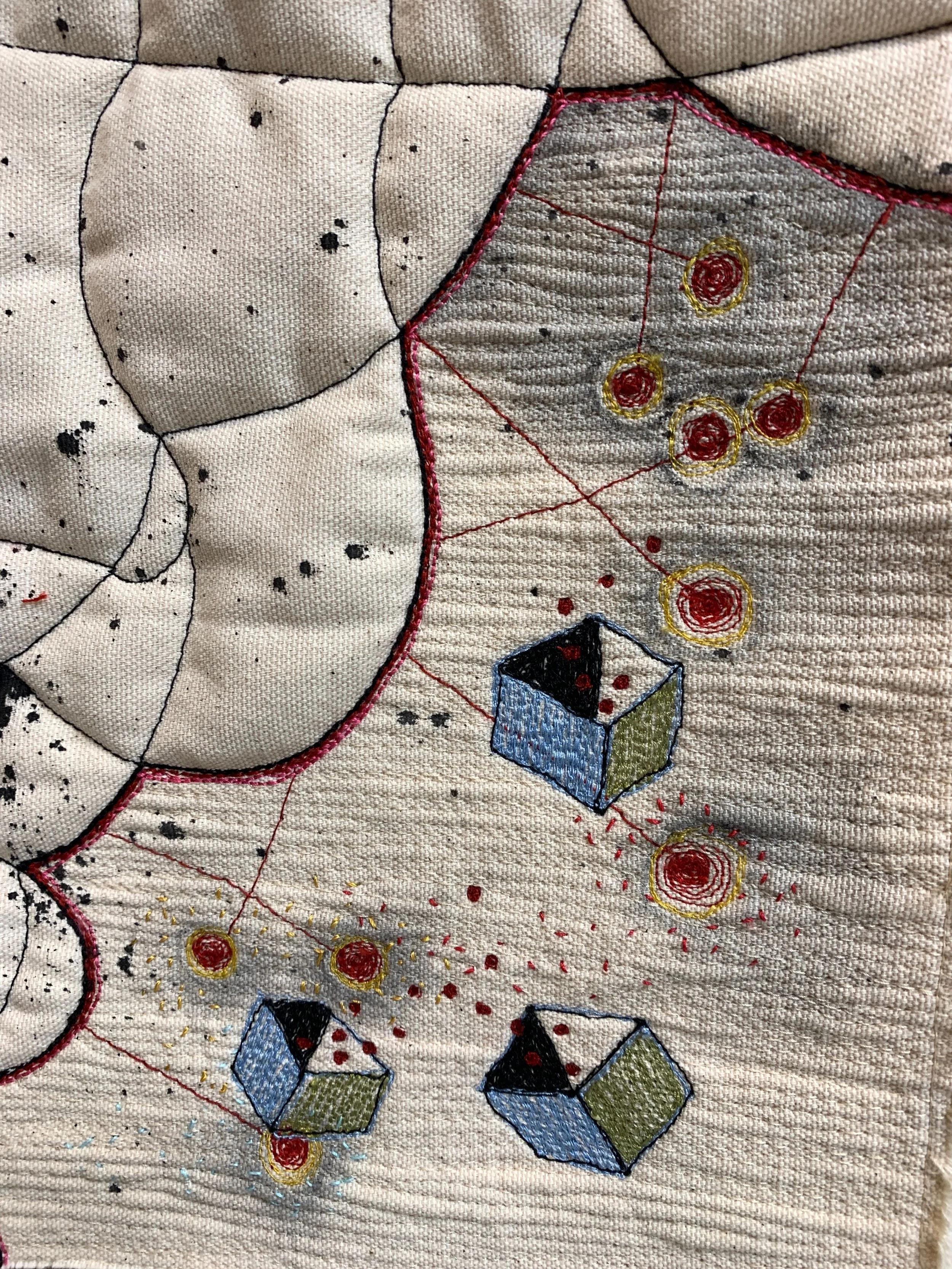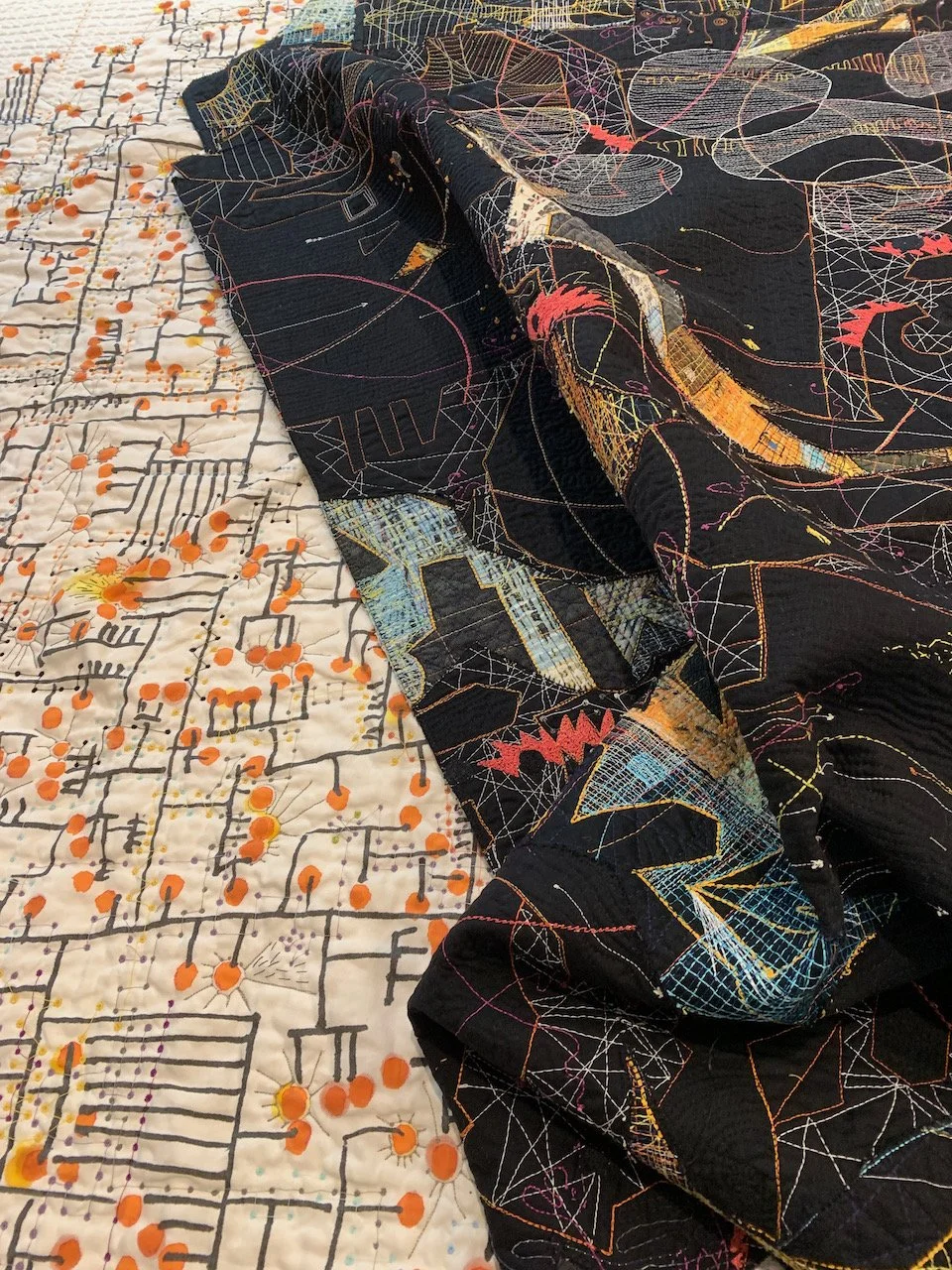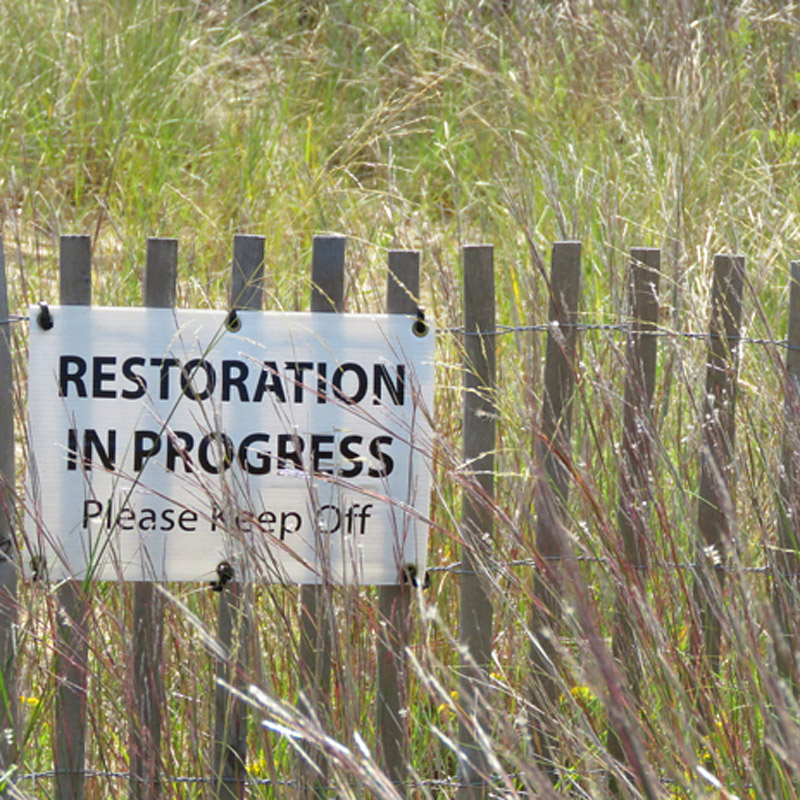Yesterday I spent most of the day walking the beach and dunes. Meandering through the sand hills at the lakeside started me thinking about edges. How edges define space and separate reality. How edges can offer opportunities for growth. How they keep people out. How they keep things in. They define borders and populations, they define differences.
On this side of the shore the dunes ramble into the water, on the other side the city builds its muscle.
Edges create tension and stop the blurring of lines. They offer entry into newness and sharpen the soft. They show the worn and messy. They collect the extraneous. They repel the unnecessary. They expose what might not be seen otherwise.
